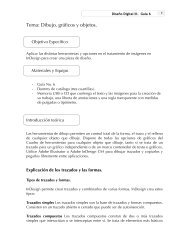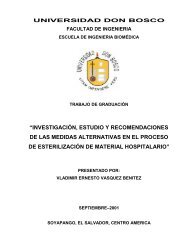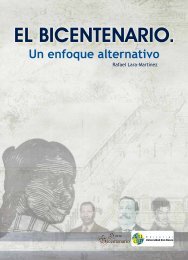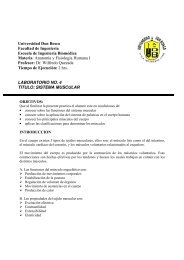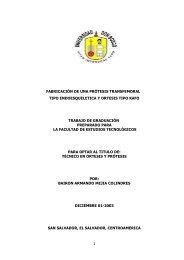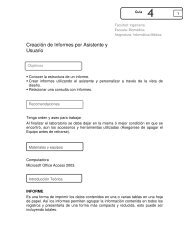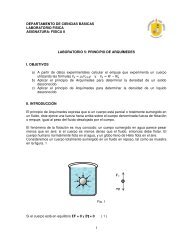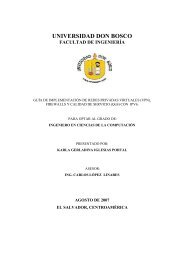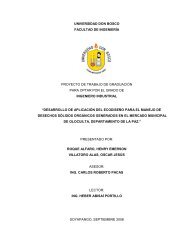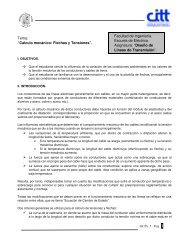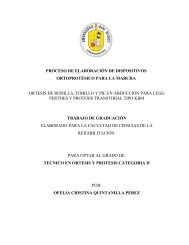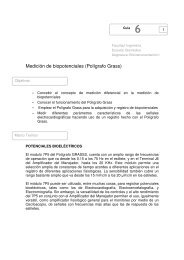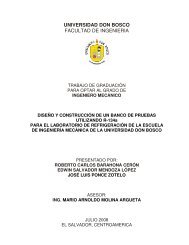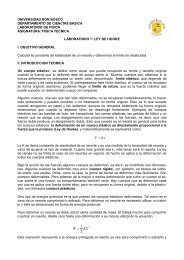cuentos de barro - DSpace Universidad Don Bosco
cuentos de barro - DSpace Universidad Don Bosco
cuentos de barro - DSpace Universidad Don Bosco
You also want an ePaper? Increase the reach of your titles
YUMPU automatically turns print PDFs into web optimized ePapers that Google loves.
Un A p A l A b r A d e l<br />
t r A d U c t o r...<br />
I. De Cuentos <strong>de</strong> <strong>barro</strong> a Tales of Clay<br />
La lengua que se usa en Cuentos <strong>de</strong><br />
<strong>barro</strong> es tan amplia que no es suficiente<br />
el ser competente en un idioma para<br />
enten<strong>de</strong>rlo... o para traducirlo. Joan<br />
Corominas explica en la introducción<br />
a su famoso diccionario que su trabajo<br />
“se ha escrito para el público no<br />
especializado en lingüística, con objeto<br />
<strong>de</strong> informarle breve y claramente <strong>de</strong><br />
lo que se sabe acerca <strong>de</strong>l origen <strong>de</strong><br />
las palabras castellanas comúnmente<br />
conocidas por la gente educada.”<br />
(Corominas, 1976). Palabras comunes,<br />
palabras eruditas, términos técnicos<br />
<strong>de</strong> las partes <strong>de</strong> un barco o una iglesia,<br />
palabras indígenas, neologismos,<br />
arcaísmos, regionalismos... y el reto<br />
parecía insuperable <strong>de</strong>spués <strong>de</strong> cada<br />
vez que leía el libro <strong>de</strong> Salarrué lleno<br />
<strong>de</strong> semejante discurso subalterno,<br />
<strong>de</strong>sconocido para la gente “educada.”<br />
El reto se planteó: Derrida nos había<br />
ya advertido que la traducción era<br />
una tarea seria, mientras que Hermans<br />
nos <strong>de</strong>cía que “los traductores no sólo<br />
traducen” (1999: 96). Una vez que<br />
consulté la bibliografía disponible, me<br />
di cuenta <strong>de</strong> que este proyecto no era<br />
una simple traducción literaria, porque,<br />
como el traductor <strong>de</strong> Salarrué, tenía<br />
que transmitir no sólo las palabras y<br />
significados, sino también las diferentes<br />
capas lingüísticas que se plantean en<br />
estas historias.<br />
5<br />
A wo r d f r o m t h e<br />
tr A n s l A t o r<br />
I. From Cuentos <strong>de</strong> <strong>barro</strong> to Tales of<br />
Clay The text in Cuentos <strong>de</strong> Barro is so<br />
comprehensive that it is not enough<br />
to be proficient in a language to<br />
un<strong>de</strong>rstand it… or to translate it. Joan<br />
Corominas explains in the introduction<br />
to his famous dictionary that his work<br />
“has been written… to inform in a<br />
concise manner what is known about<br />
the origin of Castilian words commonly<br />
known by cult people” (Corominas,<br />
1976). Common words, erudite words,<br />
technical terms for the parts of a boat or a<br />
church, indigenous words, neologisms,<br />
archaisms, regionalisms… and the<br />
challenge seemed insurmountable<br />
after each time I read Salarrué’s book<br />
filled with such subaltern speech,<br />
unknown to “cult people”.<br />
The challenge was posed: Derrida<br />
warned us that translation is a serious<br />
task, while Hermans stated that<br />
“translators never just translate” (1999:<br />
96). Once I consulted the available<br />
literature I realized that this project was<br />
not a plain literary translation, because<br />
as the translator of Salarrué I nee<strong>de</strong>d to<br />
convey not just words and meanings,<br />
but the different linguistic layers these<br />
stories pose.




